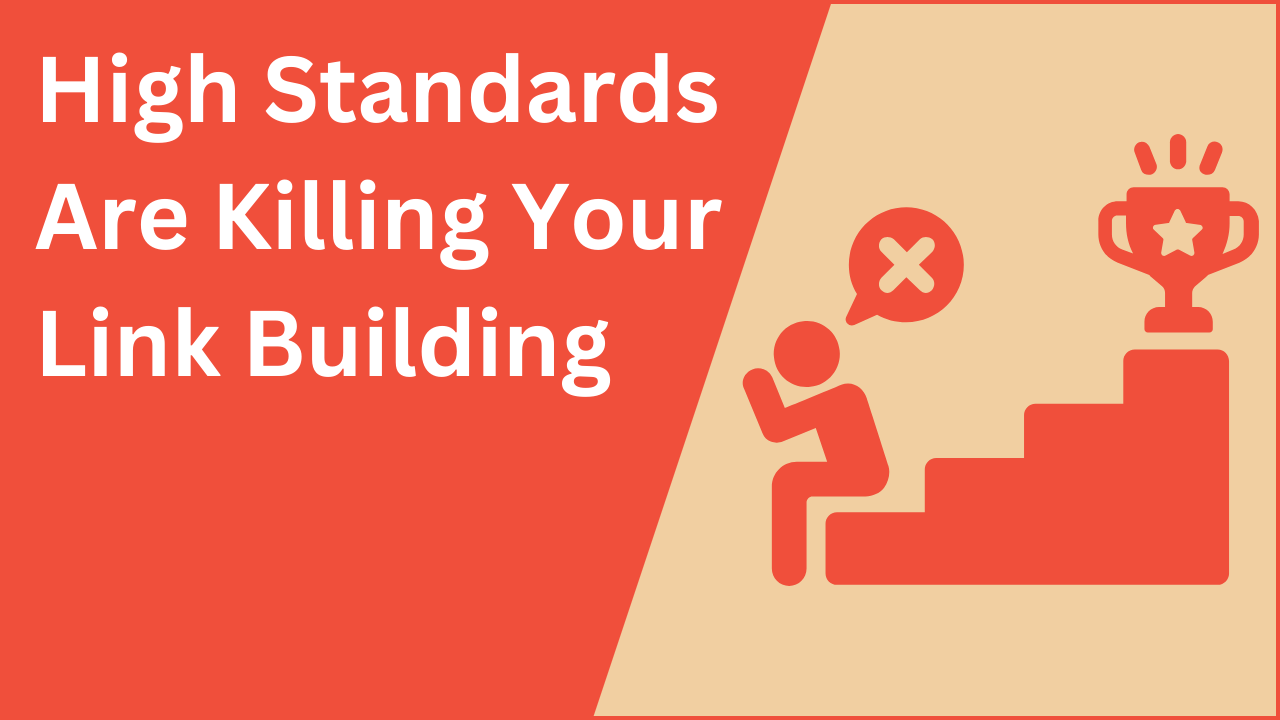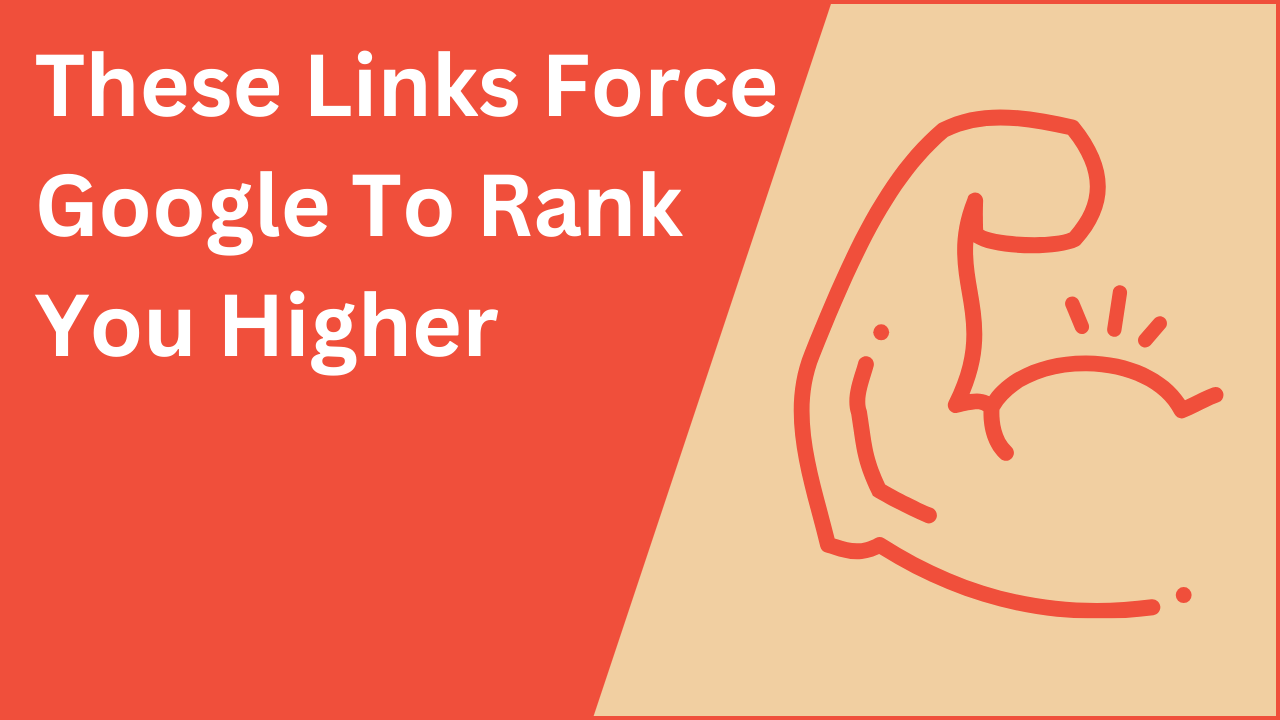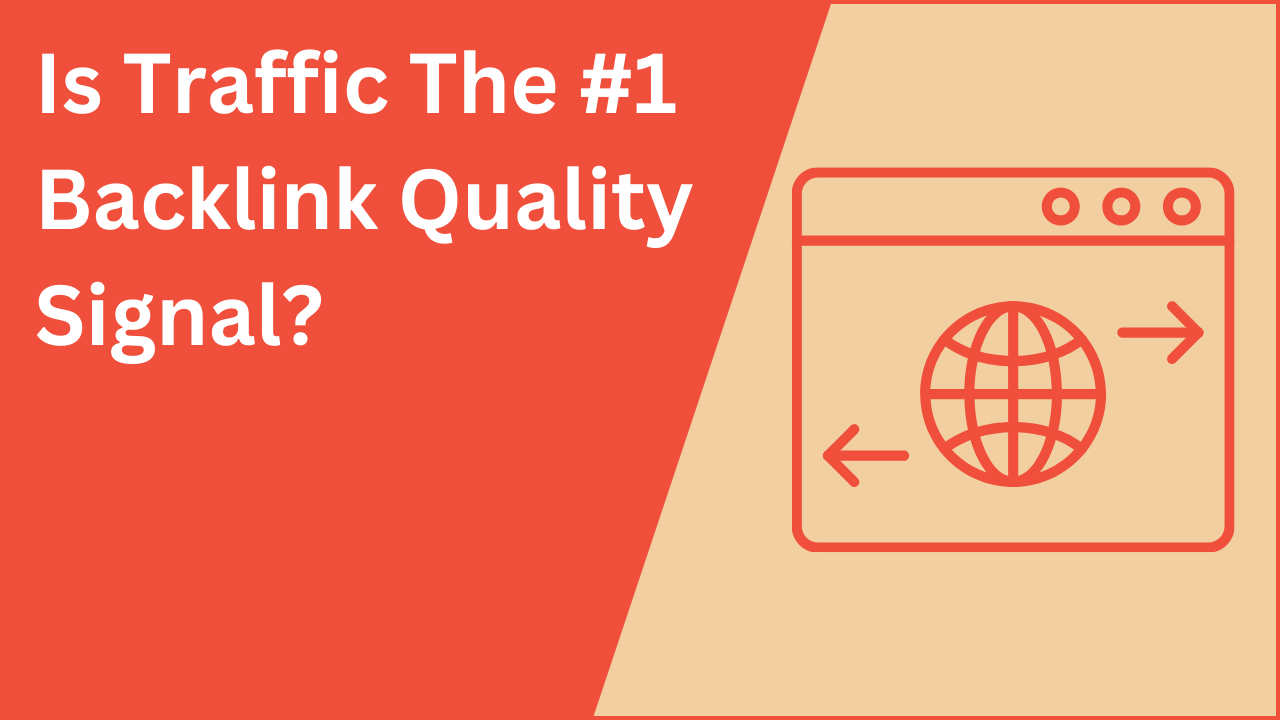Resource page link building has been around for a long time and is still used by many link builders as a significant way to quickly grow your total backlinks.
This method is popular because it’s simple to find qualified resource pages and it’s a pretty easy way to find low hanging fruit link opportunities.
In this guide, we’ll cover the steps involved in resource page link building and everything you need to know about it.
What Is It?
A resource page is a page on a website that offers helpful resource links, usually on a particular topic or niche.
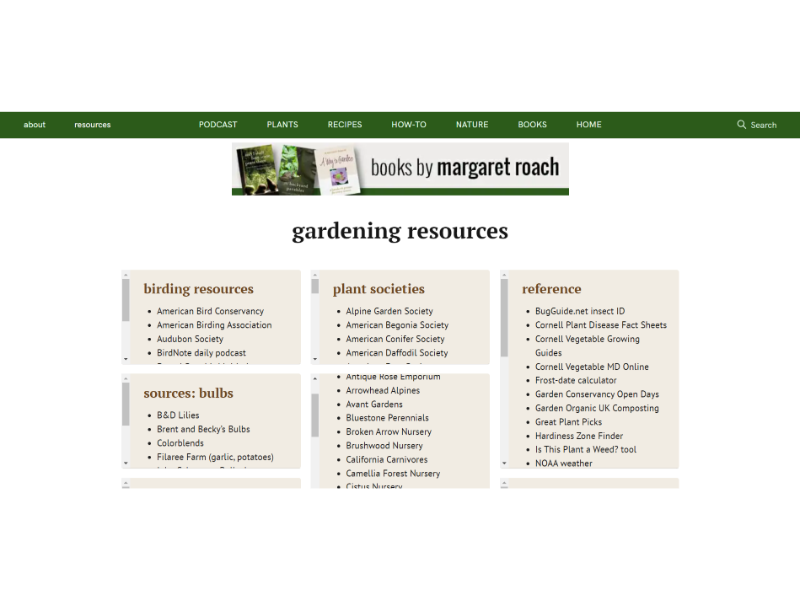
For example, this page above is from awaytogarden.com, and if you click that link, it’ll take you to a page with a large list of resources on various topics, such as birds, plants, weather, and gardening tools.
Resource page link building is the process of building links from these types of pages. They link to external websites on a single page, and it serves as a resource for visitors.
Why It Works
The keyword here is “external” links. All the links on the page above are third-party links.
So, if you’re doing resource page link building, you’re finding websites that have resource pages about certain topics that you already have great content about.
Once you find those websites, you reach out and say:
“Hey, my name is Jason, and I produce a ton of great content on how to start a seasonal pumpkin patch and attract visitors. Check out examples A, B, and C. I also make day in the life videos that could be incredibly interesting to your visitors. Would you be interested in adding my website to your resource page”?
This is a natural fit, unlike a lot of other types of link building. You’ve found a page that literally has a long list of websites that are the same as yours. That’s basically a resource page is.
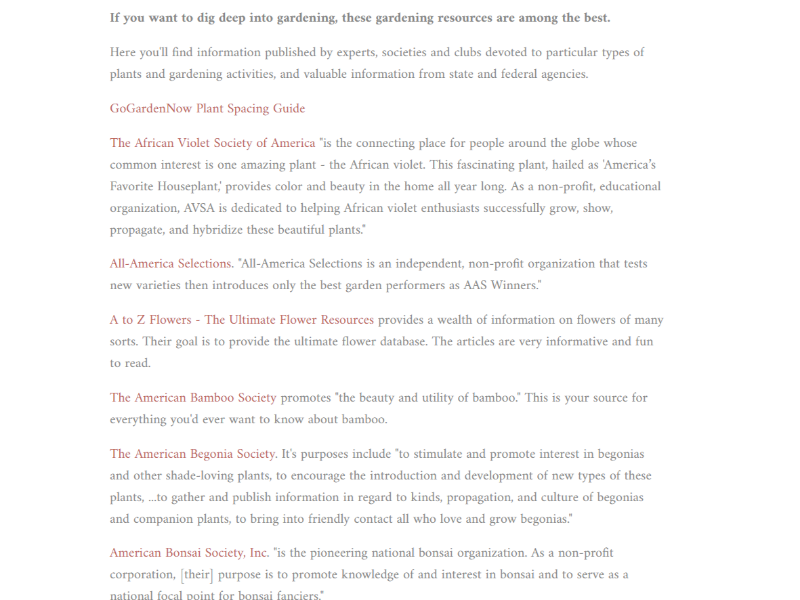
The page is designed to link to sites in your niche and the site owner likely wants to have as many useful resources on there as possible because it makes their page better.
Another reason we believe that resource page link building works is because it’s simply another form of outreach link building.
The process is made up of the same steps of acquiring prospects, filtering them, sending out emails, and negotiating the terms.
Keep in mind that this doesn’t work as well as it did years ago. In 2016 for example, Moz surveyed 435 SEOs and found that 56% used resource page link building.
Few people were doing manual email outreach at the time; recipients weren’t receiving as many spam emails, so the success rate was likely higher.
That said, if you have great content and provide value in your pitch, you’ll have no problem using this as another way of acquiring links as part of your overall link-building strategy.
How to Build Resource Page Links
Building resource page links involves a few steps. Finding the resource pages, filtering the prospects, finding their contact information, and actually pitching them for quality links on their resource page.
But, it all starts with having great content and resources. If the content that you have on your website is lackluster or typical, the site owner with the resource page will not want to link to you because you’re not doing anything different than everyone else who reaches out.
Find Resource Pages
The first step of resource page link building is to find actual resource pages you’ll want to get a link on.
The simplest way to do this is with Google search operators. These advanced search modifiers filter search results from Google to help you find something specific that you’re looking for.
For example, if you’re trying to find resource pages in the gardening niche:
Garden intitle:resources inurl:resources.html
This search is only going to show results with “garden” in the title and “resources” in the URL.
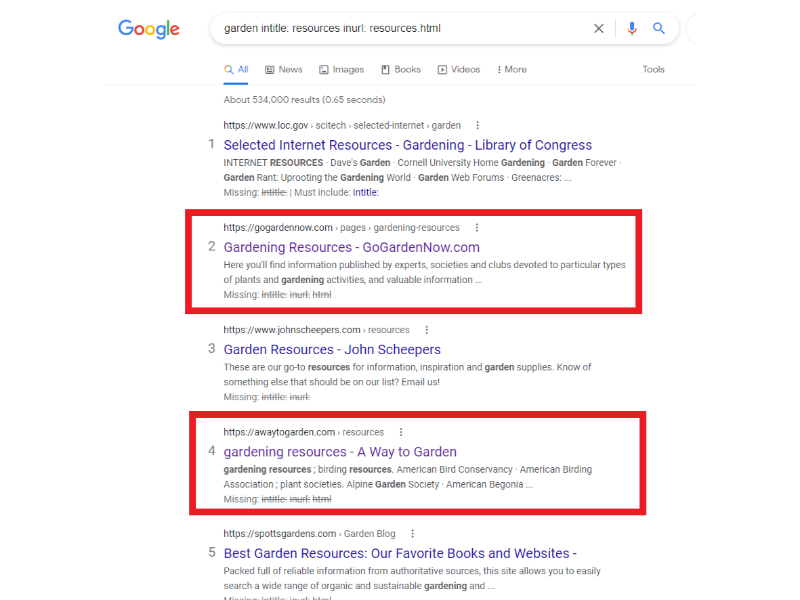
This search operator brings up relevant gardening resource pages, including two of the ones we’ve shown you in previous images.
Here is a list of search operators you can use to find resource pages:
- Garden intitle:resources inurl:links.html
- Garden intitle:links inurl:resources.html
- Garden inurl:.com/resources
- Garden inurl:resources intitle:resources
Of course, make sure to change the word “garden” to whatever your niche is.
If you write about soccer, you could change it to that. If you have an ecommerce store selling snorkeling gear, you can change it to that to find a relevant resource page.
It’s important to go broader if you’re not receiving a lot of results or the results aren’t providing you with good quality resource pages.
If you have a golf website, instead of using golf in your searches, you could change it to sports or outdoors to find more general results that are still related to golf. Many resource pages in that niche would provide resources on various sports.
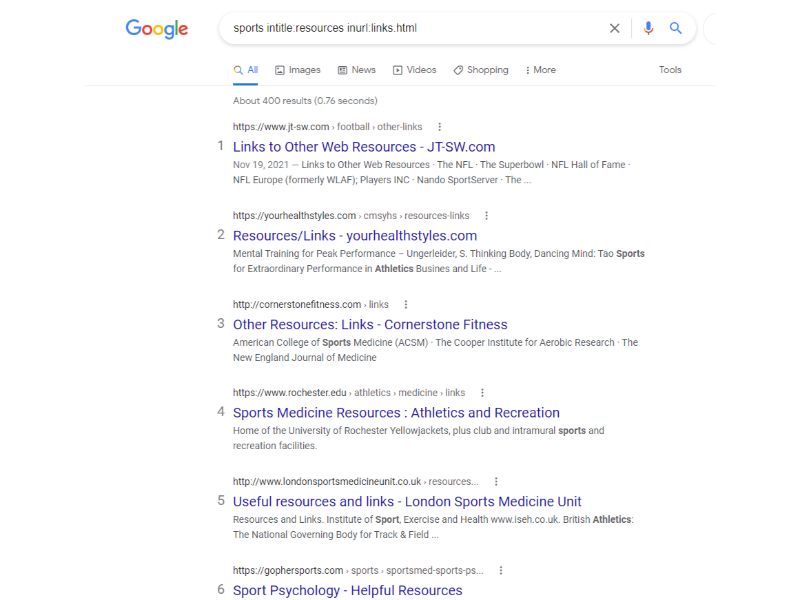
Exporting Resource Page Data into a Spreadsheet
As you’re finding these resource pages, how do you compile the data?
You could manually copy every resource page URL from Google into Ahrefs to get data about the website and then copy that data into a spreadsheet. As you can imagine, that would take forever.
Scrapebox is a great tool to help you make this process much faster. You simply take a list of keywords you want to search in your industry and the search operators you want to use and input them into Scrapebox.
The main downside is that you’ll still need to put all the resource page URLs into Ahrefs to get data like domain rating.
You can also use a tool called URL Profiler which we’ll talk about when we go into the filtering section. So, if you don’t want to do it manually, just build a list, and we’ll cover that later.
The Ahrefs Toolbar is another way to export data from Google and if you’re an Ahrefs user, this might be the best way to get started with resource page link building.
To get started, you’ll want to install the Ahrefs SEO Toolbar.
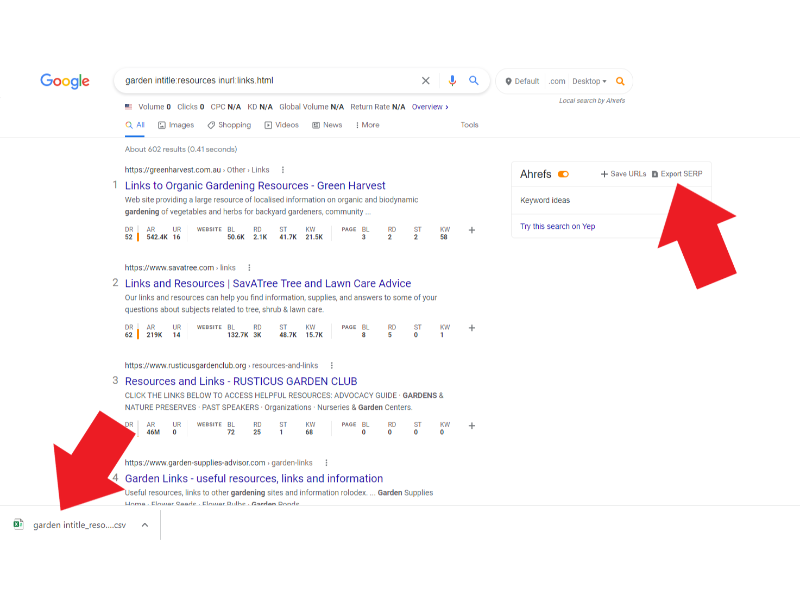
Best of all, you’ll get all the Ahrefs data so you can quickly filter the list by domain rating to choose the resource pages you’ll want to reach out to right away.
The downside is that you’re going to have a ton of CSV files because you need to export each page manually just to get 10 search results.
If you upload all your CSV files to merge-csv.com it will merge all the files into one master sheet that you can then filter.
The ultimate end goal of all of this is to have a long list of prospects with resource pages that you can reach out to via email to see if they’d be willing to add your website to their resource page.
Filter Resource Page Prospects
The next step is to filter your long list of prospects using the metrics you should have in your spreadsheet.
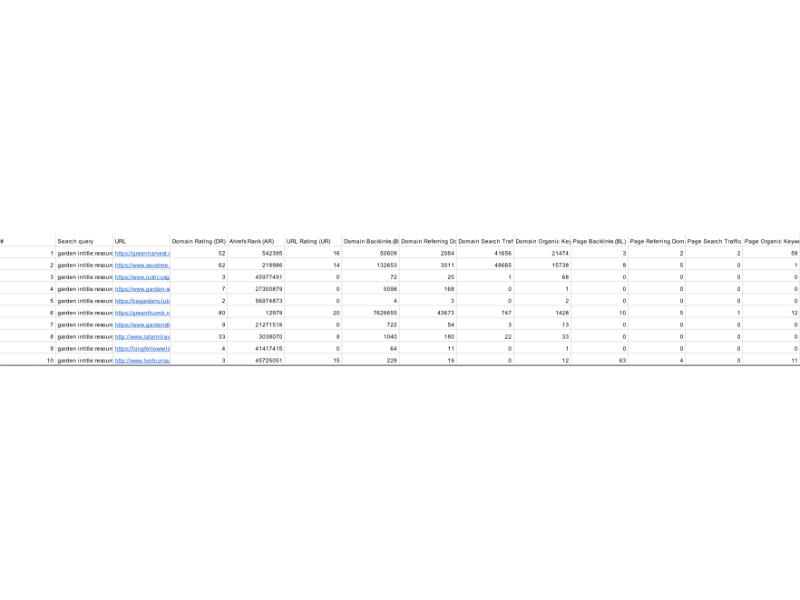
If you used Scrapebox, you still don’t have any DR data so you’ll want to use URL Profiler to pull data. It’ll give you information like backlinks, link metrics, emails, pagerank, and Google Analytics data.
All you need to do is upload the list of resource pages and it’ll pull all the data in bulk. We would suggest filtering by domains with a domain authority higher than 10 and lower than 80 to provide the most relevant results.
If you use the Ahrefs toolbar, you should have all the data you need. While we think the Ahrefs toolbar is convenient, Scrapbox and URL Profiler are a better long term strategy for scaling because you can do as many URLs as you want at a time whereas the Ahrefs toolbar only exports one page per keyword string at a time.
If you’re planning to take resource page link building seriously and use this strategy to scale, you’ll want to use Scrapebox. But, the Ahrefs toolbar is a great method if you’re just starting out.
Manual Check
Now that we have a list of relevant resource pages that may be worth reaching out to, it’s time to do a manual check. Go through each site and provide each with a pass or fail based on the following factors:
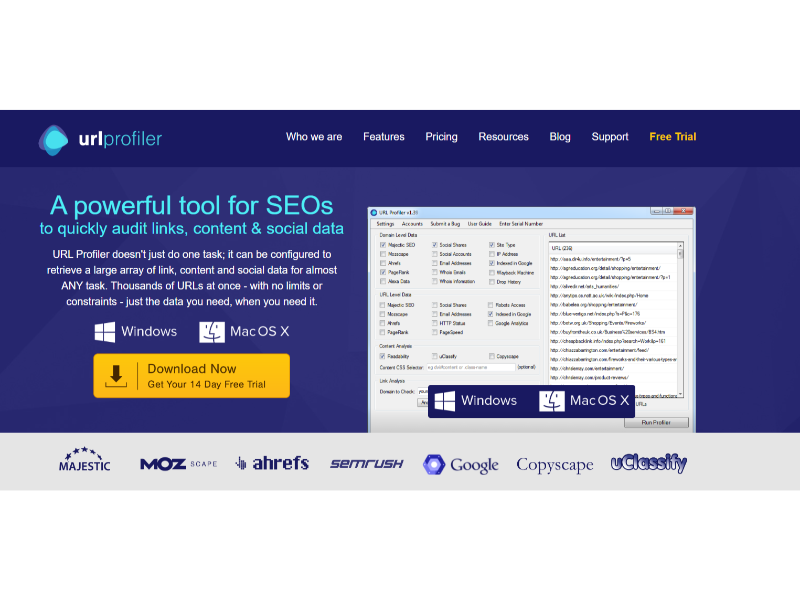
Page Relevancy
Do the resource pages look like we have resources that would fit on the site? Is the site relevant to ours?
In this example, this is a DR 52 site that clearly accepts link exchanges, so it should be a simple transaction. But, we discovered that it’s an Australian website that mostly links to other .au domains.
But, if we could find a way to provide value and be relevant for their resource pages, this might still be a good site to reach out to.
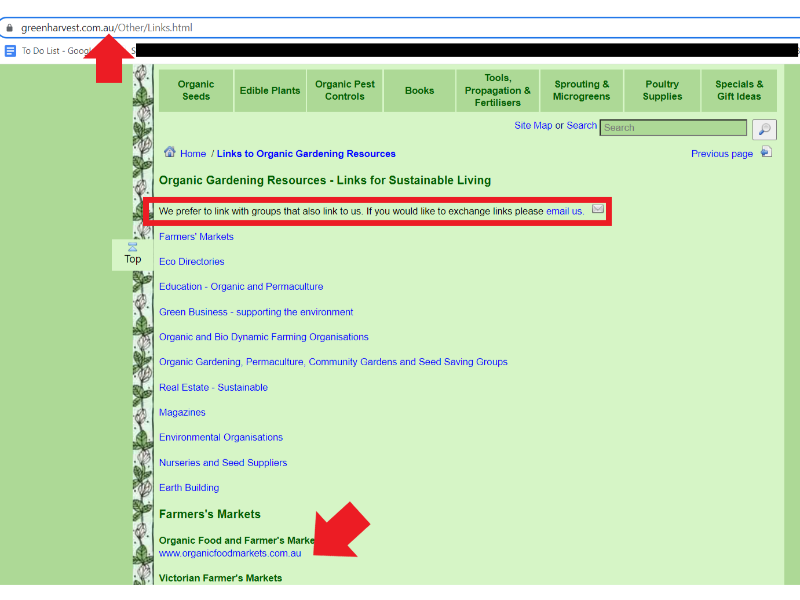
Site Quality
Does the site itself look high-quality? How do the resource pages look? Does it have traffic? Is the traffic consistent? Does it have a solid link profile?
While the site looks old and outdated, it has really consistent traffic and a great link profile, so it passes this check as well.
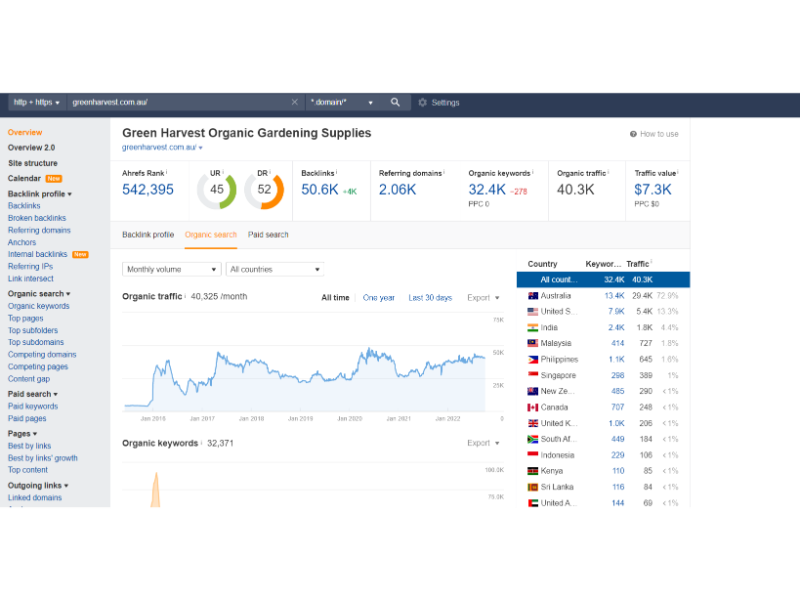
Site Activity
Do we think we’ll get a reply if we actually send an email to someone from this website? When was the last time a piece of content was posted? Is the site active?
While they don’t have a blog page, their contact page states that it may take up to 14 days for someone to get back to you.
They also have an active social media page with 1-2 posts per week so you can assume that this is a real business that will reply to an email if enough value is provided.
As you’re going through your list, you can mark each qualified resource page with a checkmark, X, or a yes to indicate that you want to reach out to them. You can also set it up based on priority to tackle the low hanging fruit first.
Find Contact Info
Now you have a list of vetted prospects to reach out to for a high authority backlink but you need to find their contact info to see if they’ll be willing to add your resource to their page.
The first option is to do this manually. This can be the best or worst option because it will take a while but you’ll increase your chances of finding their preferred contact method.
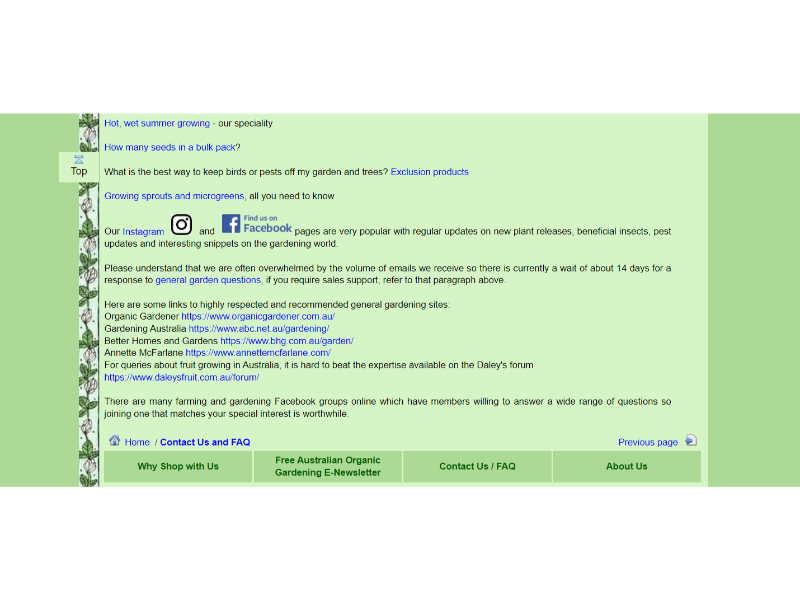
For example, greenharvest.com.au provides you with the exact email they want you to use and they tell you to email them for link exchanges. It would be senseless to try and find another email when they spell it out for you there.
Of course, they won’t all be that easy. That’s where email scraping tools like Hunter.io and Prospect.io come into play to make it easier.
It’s important that you don’t bounce too many emails because you could find yourself in the spam box or even get your domain blacklisted. Using tools like Neverbounce will verify that the emails are accurate and can accept inbound emails.
LinkedIn Sales Navigator is another option you can use to find contact information.
The Sales Navigator allows you to network with professionals in the same industry and contact them directly through LinkedIn. It provides you with their contact information and creates an environment where messaging is more acceptable.
We cover how to use these tools more extensively in our link prospecting guide.
Outreach Templates
Now it’s time to reach out and actually get links from resource pages. Once you find relevant resource pages, compile them into a proper list, vet them, and obtain their contact information, you can start reaching out.
The biggest and most important tip about outreach is that you need to email the person in charge of actually handling the link building.
If you email a large gardening ecommerce website and you email the shipping and receiving department, do you think you’ll have a good chance of getting a reply about a link?
The shipping and receiving department doesn’t care about the resource page, the link building strategy, or anything to do with building links.
Keep the mail short, sweet, to the point, and clear about what you’re asking for. Don’t beat around the bush, tell them right away why you’re there.
“Hello [insert name here],
My name is Jason and I run a pumpkin blog over at thebestpumpkins.com and I found your resource page [here].
I have a great resource on A, B, and C [here]. I think it would make a great addition to your page because of [blank] and [blank].
Are you interested in working out a mutually beneficial link agreement?”
You want to sweeten the pot by making sure that they understand that you’re looking for a mutually beneficial link building opportunity. The key to resource page link building is offering something beyond a good page in return.
Some resource pages will want you to link to them as well, some will expect payment, or some may want a guest post as well.
Be flexible enough to offer them what they really want rather than what you’re willing to give. Those are the offers that will get responses and increase the number of backlinks you get.
Pros and Cons of Resource Page Link Building
- Pro: High Conversion Rate
The clear-cut pro of resource page link building is the fact that these link building tactics have a higher conversion rate.
During the research for this article, we found multiple resource pages that include an email and explain how they want you to contact them if you want a link on the resource page.
It’s that simple but in the end, it all comes down to the value you provide. If you have good content that is worth including on a resource page, they’ll include it because that’s what it’s for.
- Con: Low Number of Prospects
You’ll find as you dive into this more thoroughly that you’re throwing away more resource page URLs than you’re qualifying because they’re not relevant, they’re outdated, or you simply think they’re not worth reaching out to.
This will lead to a low number of prospects especially if you’re being too specific with your searches. Use broad terms when using search operators and expand as much as you can while still being relevant enough.
Final Thoughts
Resource page link building is a great opportunity to find low hanging fruit link building opportunities. The process is simple but effective and this link building method has been popular for years for a good reason.
There are numerous benefits of link building and having as many avenues to build links as possible will only help you boost your rankings and increase your traffic.

